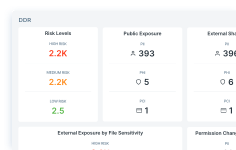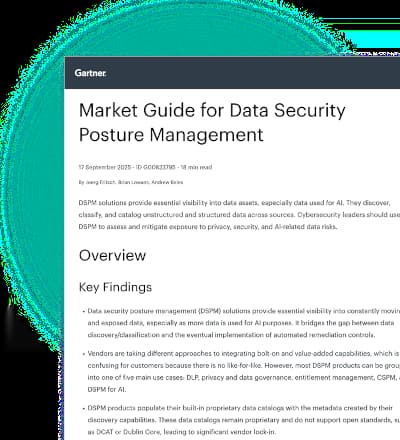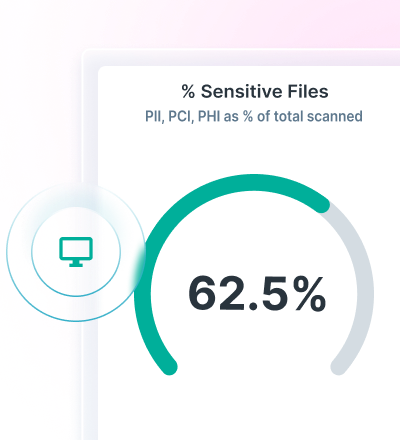X-Labs
Get insight, analysis & news straight to your inbox

Sensitive Data Classification Explained: A Security and Compliance Guide

Tim Herr
December 4, 2025

The Best DLP Software in 2025: Compare Costs and Features

Lionel Menchaca
December 3, 2025

Varonis SaaS-Only: What On-Prem and Private Cloud Customers Risk

Salah Nassar
December 2, 2025

AI Technical Debt: The Silent Cybersecurity Crisis

Z. G.
December 1, 2025

6 Types of DLP Solutions - and How to Pick the Right One

Bryan Arnott
November 30, 2025

Why Identity-First Security Is Now the Backbone Of Enterprise Cyber Defence


Nick Savvides & Kieran Laffan
November 25, 2025

Why Data Security Posture Management Is Becoming a Regulatory Expectation


Nick Savvides & Kieran Laffan
November 25, 2025

Top 5 Data Risks of Using Microsoft Copilot

Neeraj Nayak
November 20, 2025

Comparing DSPM vs DLP: Key Differences and Use Cases

Tim Herr
November 20, 2025

Top 10 DSPM Vendors Compared: Choosing the Best DSPM Vendor

Tim Herr
November 18, 2025

The Human Side of Cybersecurity: Q3 To The Point Podcast Recap

Lionel Menchaca
November 18, 2025













